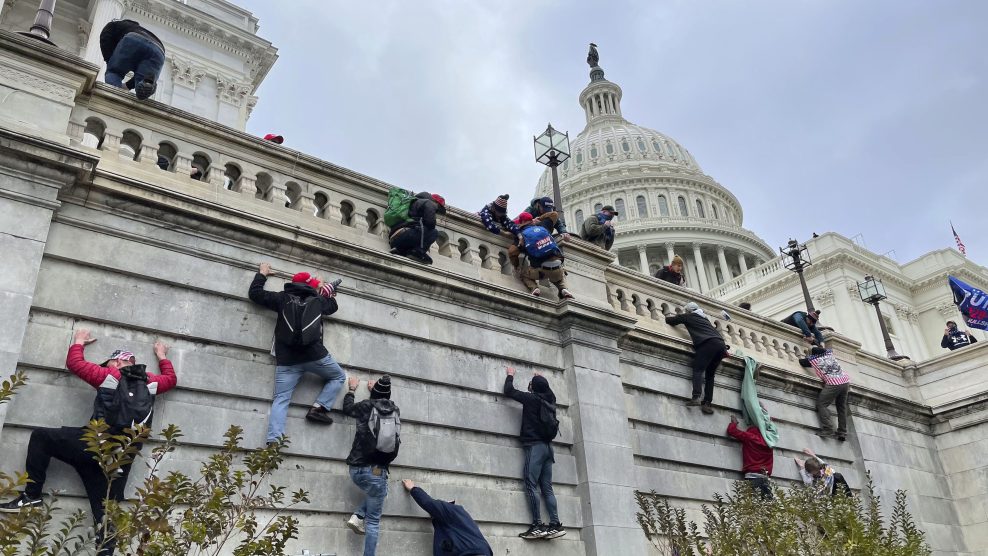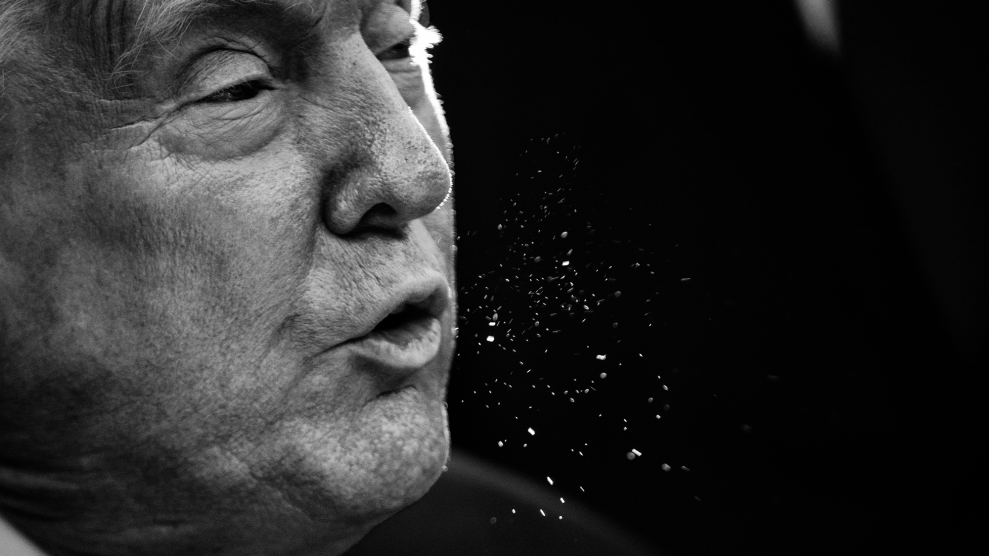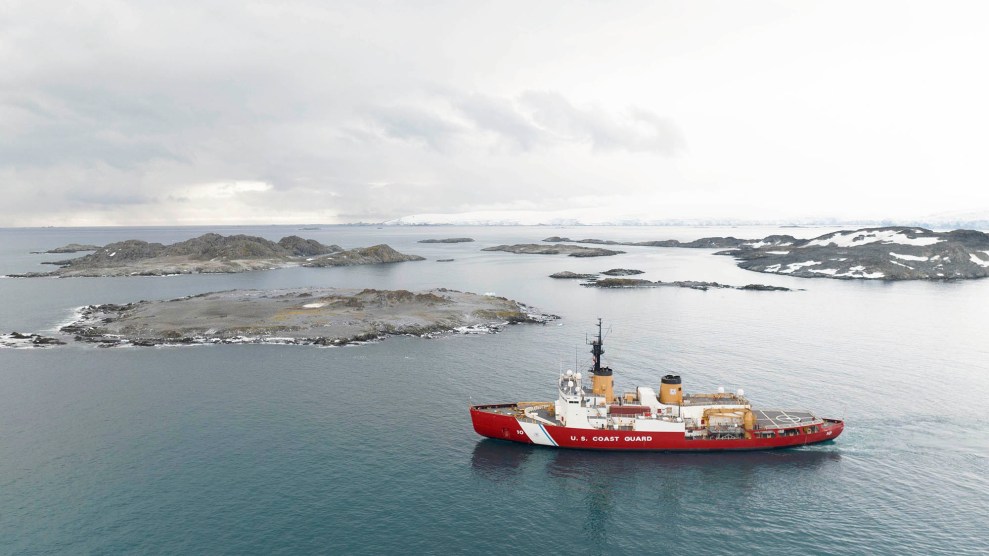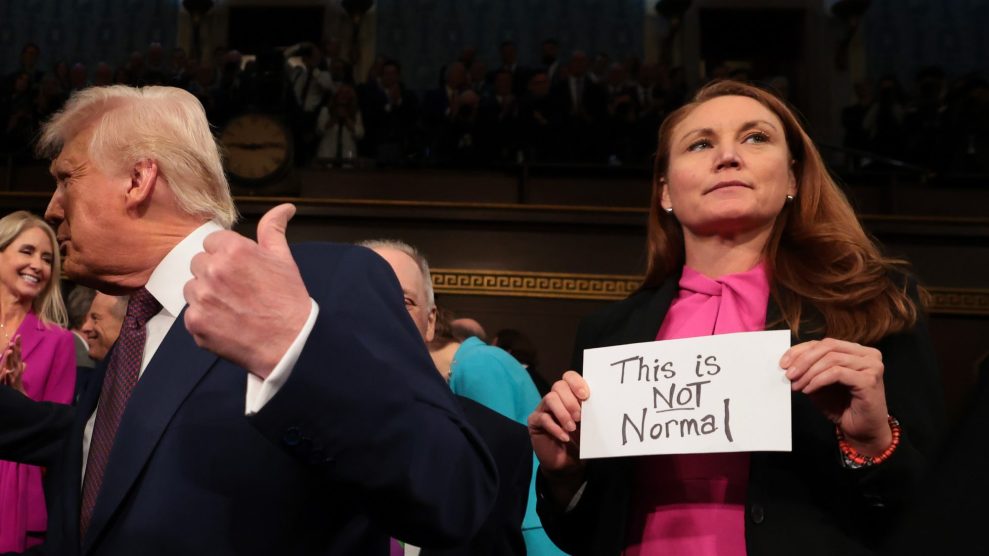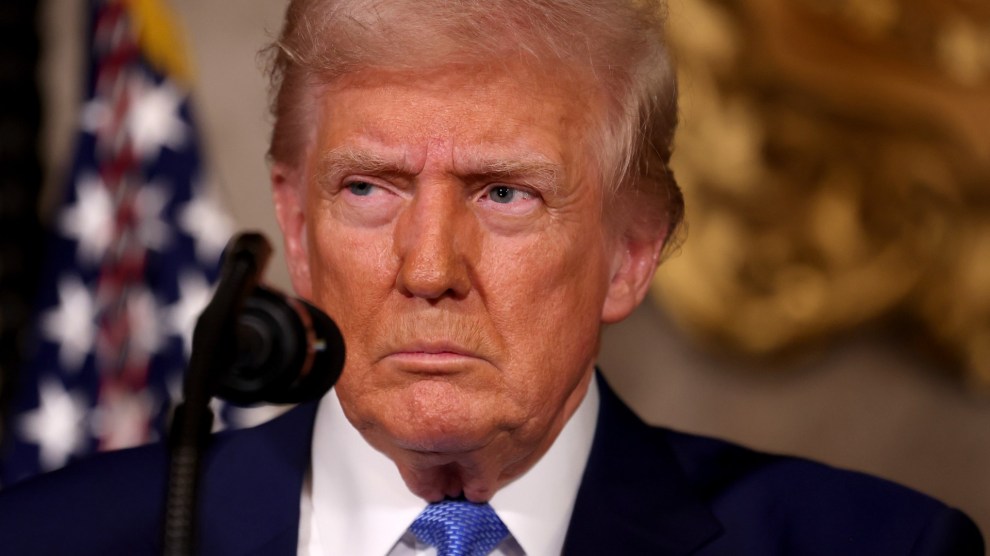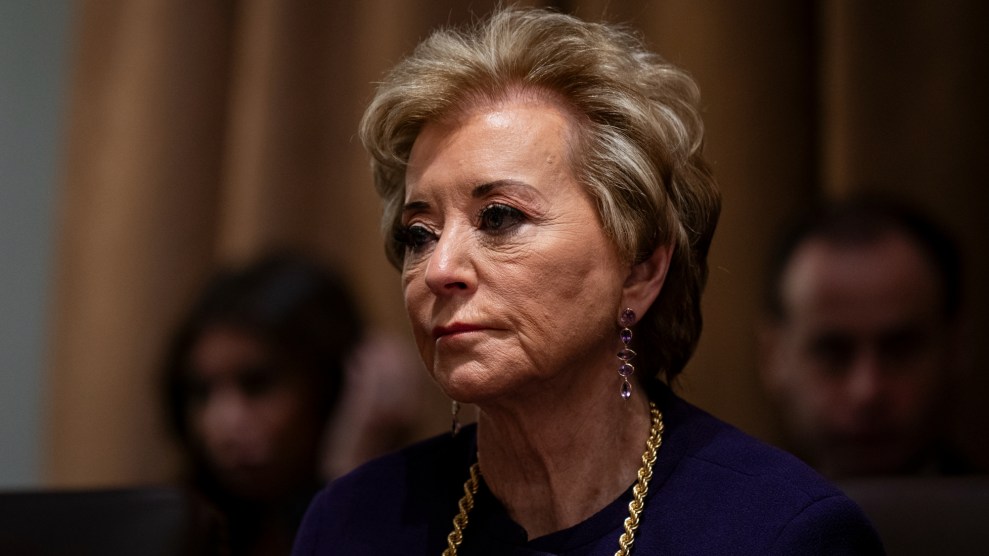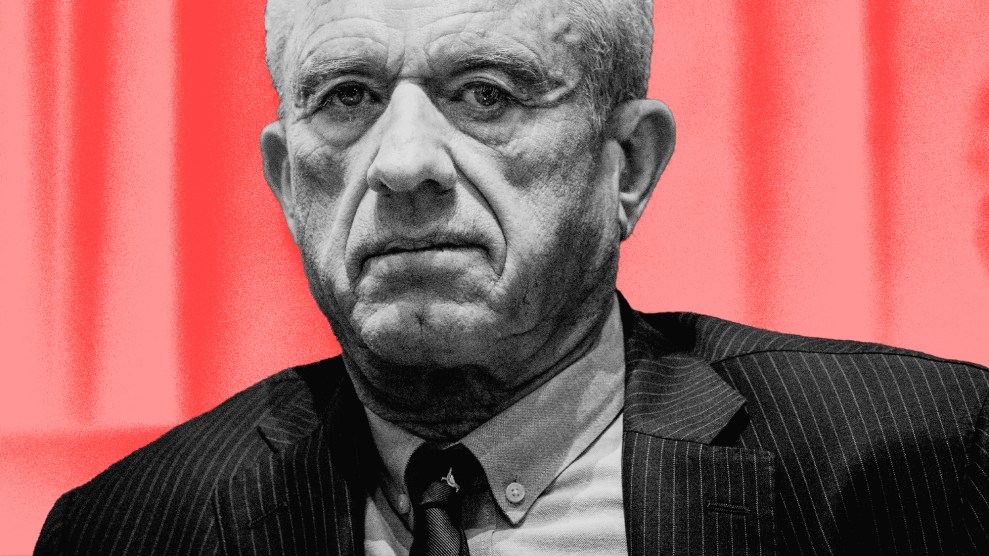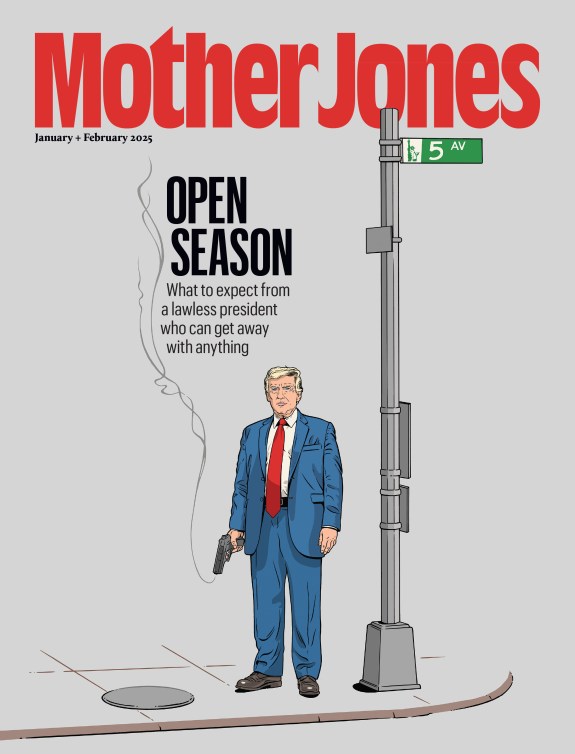In its latest issue, Business Week weighs in with a cover story on the push to privatize the nation’s highways, bridges, and airports, among other public infrastructure. This growing trend, which Jim Ridgeway and I explored in MoJo’s January/February issue, is now moving along at a feverish clip, propelled by investment banks and foreign companies who see in these low-risk assets the prospect of enormous and steady returns, not to mention, as Business Week puts it, “monopolistic advantages that keep those cash flows as steady as a beating heart.” For would-be privateers, it doesn’t hurt that this model is enthusiastically backed by the Bush administration and a cadre of ardent free marketeers within the Department of Transportation.
With cash-strapped states struggling as it is, the time is ripe for private firms to offer large upfront payments in exchange for long-term leases on public infrastructure (a foreign consortium, for instance, paid $3.8 billion for a 75-year concession on Indiana’s 157-mile toll road last summer). “All told,” Business Week reports, “some $100 billion worth of public property could change hands in the next two years, up from less than $7 billion over the past two years; a lease for the Pennsylvania Turnpike could go for more than $30 billion all by itself.” As Mark Florian, the COO of Goldman Sachs’ North American infrastructure division told the magazine, “There’s a lot of value trapped in these assets.” You’ll often hear privatization proponents like Florian — who has canvassed the nation pitching this concept to state and local governments — speak of the value that’s locked up in public infrastructure. Left unsaid, however, is that upon being “liberated” the majority of this value will flow directly into the pockets of the investors who are lobbying so aggressively for privatization, not to the taxpayers who technically own these assets and who have funded their construction and operation.
While there is certainly a case to be made for public-private partnerships, as these arrangements are often called, there are numerous public policy questions that have yet to be adequately addressed. One, as Business Week points out, has to do with the “quality of service on deals that can span 100 years.”
The newly private toll roads are being managed well now, but owners could sell them to other parties that might not operate them as capably in the future. Already, the experience outside of toll roads has been mixed: The Atlanta city water system, for example, was so poorly managed by private owners that the government reclaimed it.
Then there’s the issue of pricing, since the companies who have thus far secured leases on U.S. infrastructure, particularly toll roads, have been give wide latitude to hike tolls.
Chicago’s Skyway could see car tolls rise from $2 in 2005 to $5 by 2017. For some perspective, if a similar scheme were applied to the Pennsylvania Turnpike during its 67 years of existence, the toll for traveling from the Delaware River to the Ohio border would be as much as $553 now instead of $22.75. Macquarie, which teamed up with Spain’s Cintra to purchase the Chicago Skyway and the Indiana Toll Road, underscored the governmental trade-off during a presentation at the recent White House Surface Transportation Legislative Leadership Summit: “More Money or Lower Tolls.” In an extreme scenario, governments could begin to sell properties that aren’t tolled to private owners who will impose fees.
Of course, tolls won’t go to the moon if they result in dramatic reductions in traffic. For example, investment firm NW Financial Group estimates that if the Chicago Skyway pricing scheme were applied to New York’s Holland Tunnel over its 80 years, it would cost $185 to travel through it instead of the current $6. “No one will pay that much,” says Murray E. Bleach, president of Macquarie Holdings (USA) Inc. “It’s just not going to happen.”
I agree with Bleach that charging $553 and $185 for passage on a toll road is unrealistic. That said, you can bet that the companies who take over toll roads are going to seriously push the envelope in order to maximize returns to their investors, which is one of the ways that the inherent value of these roads is “unlocked.”
In the states where privatization is on the table, including Texas and Pennsylvania, there’s strong resistance among citizens as well as public officials. In Texas, as Business Week reports, the state House of Representatives voted in April, by an overwhelming margin, to place a two-year moratorium on privatizing the state’s toll road. But it’s unlikely that local opposition will fend off the privatizers who have power, money, and influence to spare. For some time now investment banks have been raising multi-billion dollar infrastructure funds in order to take advantage of opportunities in North America. We reported in January that Goldman’s fledgling fund had generated such an outpouring of investor interest that it had surpassed its $3 billion target. According to Business Week, Goldman’s fund now holds some $6.5 billion. That money won’t be sitting idle for long.
While the Business Week piece provides a comprehensive and appropriately skeptical take on the privatization push, it fails to mention a key issue. These deals are rife with the possibility of corruption and cronyism and conflicts of interest. On the latter, Goldman is a prime example. Beyond its persistent lobbying efforts to open U.S. infrastructure to private investment, the firm has acted as an outside financial advisor to states considering public-private partnerships (ostensibly providing disinterested advice to their clients), while simultaneously raising a $6.5 billion fund whose sole purpose is to buy infrastructure on the cheap. Last fall, at a privatization conference in New York, I had the opportunity to ask Goldman’s Mark Florian about the firm’s various roles in the emerging infrastructure market. When I asked him whether Goldman wants to be an adviser or an investor in the road business, he replied, simply, “both.”

